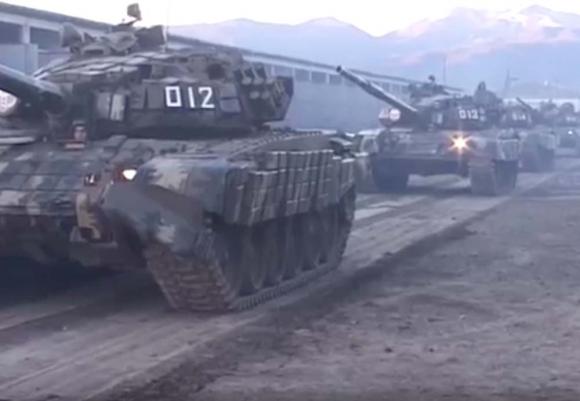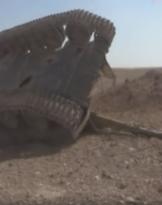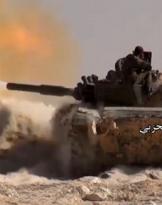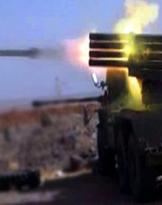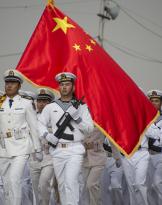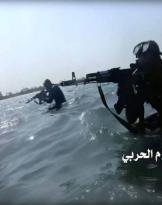Few know about the mountains of Karabakh. Yet one of the hinges of the Eurasian bloc passes between the sharp peaks between Armenia and Azerbaijan. Between the Black Sea and the Caspian Sea, the softer and southern side of the Caucasus breaks apart, among forgotten pastures and millenary interests.
Only one thing unites Armenians and Azeris: to be both on the landing of Europe, that is a meter beyond the threshold that wants them for some things inside the Old Continent, for many others outside. Overall, despite the common Soviet hat, the two communities have always been divided into everything. Armenia was the first country to make Christianity a state religion and the identity of an entire nation; Azerbaijan, on the other hand, is the Turkish link to Central Asia, eternally poised between subjection to Russian culture and Ottoman revanchism.
Unlike other conflicts between pieces of the USSR, there are no mixtures, connections or exit routes between Armenians and Azeris. There is only the silencer of a creeping war that relegates a delicate but indirectly crucial region to one corner of the world.
Now Armenia and Azerbaijan have begun to tease again, with a bad wind behind them that pushes towards another open war.
The point of friction is Nagorno-Karabakh, an Armenian area that has become Azeri de facto independent republic after the 1992-1994 war.
And it is precisely from the 1994 that people didn't shoot as much as in these days, even if the tension has never fallen over the years. It is a reality and a curse together: the large-scale war started in the '92 between Yerevan and Baku was the continuation of the episodes of ethnic cleansing that broke out ten years earlier. In turn, the clashes and violence were the consequence of the end of the USSR, a darkening glass of a very strong and never resolved regional hatred.
The conflict in Karabakh originated with the Great War and the end of two empires: the Russian and the Ottoman ones, two large geopolitical plates in eternal friction that suddenly gave way to the new balance of the '900. Today those balances are to be understood as a great sleeping pill of history to the Eurasian issues standing for centuries. After a period of 100 years, everything returns as before: not by chance do the winds of war return to blow just now that the two empires have been reborn. 
The resumption of hostilities between Yerevan and Baku had already been risked several times in the 2015. Today it seems to be serious.
Azerbaijan, humiliated in the 1994 with the acceptance of an independent Azeri Karabakh and with the renunciation of 7 contiguous provinces occupied by the separatist army, attempts revenge.
In the beautiful and contradictory Baku everything passes through oil: it has been the engine of economic growth in the last decade that has guaranteed its exit from the post-Soviet tunnel; today, with prices at a minimum, it is the cause of the crisis.
Armenia close to the brothers of Karabakh, in order not to lose the positions gained twenty years ago, for its part seeks the usual trail of Russia, historical ally and big regional brother.
In the end everything is played in Moscow, all the more so today that the historical and geopolitical conflict with Ankara is constantly looking for new outlet theaters.
Russia defends the identity of Yerevan. Putin was the only statesman of global importance to attend the centenary of the Armenian genocide (see article). At the same time, however, Moscow does not give up the Azerbaijan bone, which despite the filoturcio awakening remains a country profoundly linked to Russia, if only for the seventy-year submission to the USSR.
In particular, the safety factor obliges Moscow not to leave the role of regional arbitrator, despite the fast track to Armenia.
 Of the 9 entities geographically definable as Caucasian, along with Georgia, only Armenia and Azerbaijan are internationally recognized independent republics. The other 6 subjects that make up the North Caucasus are Chechnya, Dagestan, Ingushetia, Kabardino-Balkaria, North Ossetia, Stavropol Territory and Circassia, all within the Russian Federation and all torn apart by religious, political and inter-ethnic conflicts. Only Azerbaijan borders directly on one of them, Dagestan, establishing territorial continuity between Moscow and Baku.
Of the 9 entities geographically definable as Caucasian, along with Georgia, only Armenia and Azerbaijan are internationally recognized independent republics. The other 6 subjects that make up the North Caucasus are Chechnya, Dagestan, Ingushetia, Kabardino-Balkaria, North Ossetia, Stavropol Territory and Circassia, all within the Russian Federation and all torn apart by religious, political and inter-ethnic conflicts. Only Azerbaijan borders directly on one of them, Dagestan, establishing territorial continuity between Moscow and Baku.
The border (non-existent at the time of the USSR) is particularly hot as a gateway for Islamist infiltrators between the northern and southern Caucasus, in the last decade very aggressive in Azerbaijan, to the point of making the country an important recruitment basin for fundamentalism active in Syria (see reportage).
Needless to say, Turkey is not watching. Culturally a stepmother of Azerbaijan, he tries to maintain the influence on Baku also by virtue of the battle over the hydrocarbons of the Caspian, where another country poised between Ankara and Moscow, Turkmenistan, plays a central role.
Among the Karabakh mountains, between dated Uaz and ramshackle Uaz, the armies of the Republic of Nagorno, Armenia and Azerbaijan, do not face each other only for the independence of some snowy peaks. A replica of the violent war of the 90 years would be the tarnish of other beautiful scenarios.
(Photo: Haykan banak)

